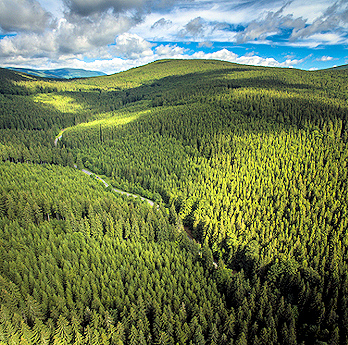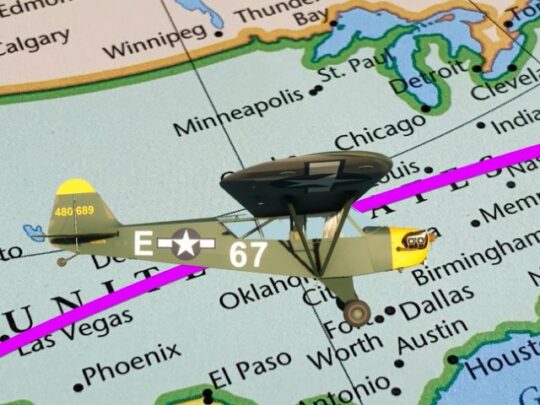Subscriber question:
"Sometimes I fly over forested and hilly terrain where there are no suitable emergency landing spots. If I am forced to put it in the trees, what can I do to ensure survival (or at least give me the best chance)?" - Shane I.
Bob:
 “Boy, can I relate to this question. When I flew fire patrol with my Civil Air Patrol unit, we covered the northern half of New Hampshire. Beautiful country, yet nothing but hills and trees out there.
“Boy, can I relate to this question. When I flew fire patrol with my Civil Air Patrol unit, we covered the northern half of New Hampshire. Beautiful country, yet nothing but hills and trees out there.
My first recommendation is to fly as high as possible. This gives you better visibility and more time in an emergency situation. Both are very important. The more you can see, the better chance of finding a good spot to put down. And obviously, more altitude gives you a greater number of potential landing spots.
I’m not usually a fan of landing on roads because I don’t want to endanger people and cars on the ground. But in a very rural environment, you would have little chance of endangering someone and it may be the best or only viable landing spot. You still need to be on the lookout for wires, even in remote areas.
Now, about the survival part. If your only option is to put it in the trees, it’s all about flying your aircraft all the way to a stop. Unless you have the misfortune of hitting a big tree straight on, your survival depends on maintaining positive control of your aircraft. I’ve been to many, many accident sites and fatalities usually result from loss of control. When approaching the trees, land into the wind and slow down to a controllable speed just above the stall for the softest impact. Obviously, make sure your seat belts and shoulder harnesses are as snug as possible and loose objects stowed before impact. Head and chest injuries are a leading cause of fatalities.
Opening a door and shutting off fuel are also positive steps you should take before impact if time permits. If you have been talking to ATC (IFR or VFR advisories), relay your Mayday to them so they can get you help. In a remote area, you may not have contact with ATC, but a call on 121.5 (guard or emergency frequency) may allow another aircraft to get help coming your way.
The most important thing when landing in trees is to keep on flying the airplane! Maintain positive control all the way to impact, this will give you the best chance of survival.”
Do you carry a satellite communication and/or personal locator beacon in your airplane?

